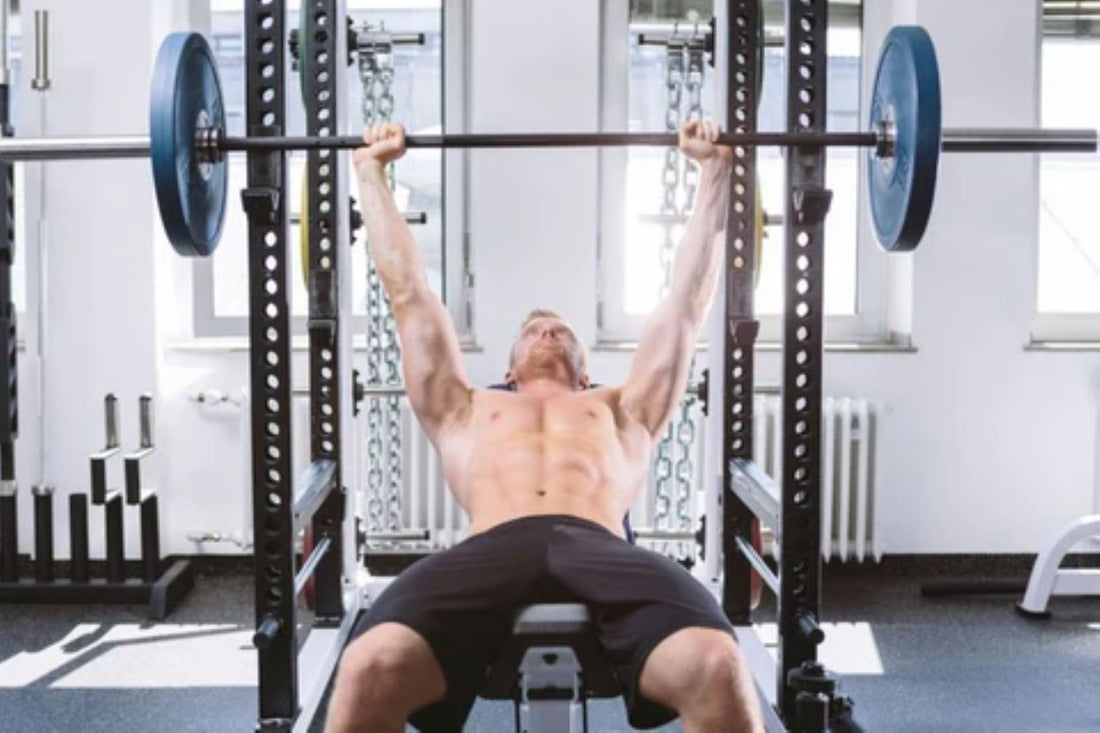
The bench press is more than just a show-off exercise; it’s a compound movement that engages multiple muscles, making it an essential part of any strength training regimen. Understanding which muscles are worked during the bench press can help you improve your technique, avoid injuries, and enhance your overall performance. Whether you're a newbie or a seasoned lifter, this comprehensive guide will break down the muscle groups involved in the bench press, along with tips to maximize your gains.
The Primary Muscles Worked in a Bench Press
When executed correctly, the bench press primarily targets the pectoralis major, also known as the chest muscles. These are the muscles that most people aim to develop when they incorporate the bench press into their workout routines. Let’s delve into the primary muscles involved:
- Pectoralis Major: This muscle is the star of the show when it comes to the bench press. It constitutes the bulk of the chest muscle and is divided into two parts: the sternal head (lower part) and the clavicular head (upper part). Depending on whether you're doing a flat, incline, or decline bench press, you'll engage different portions of the pectoralis major.
- Anterior Deltoids: Located at the front of your shoulders, the anterior deltoids play a vital role in pressing movements. They assist in moving the barbell away from your chest and stabilize the shoulders during the lift.
- Triceps Brachii: The triceps are located at the back of your upper arm and are crucial for the lockout phase of the bench press. Strong triceps can significantly improve your bench press performance by helping you push through sticking points and complete each rep with ease.
Secondary Muscles Activated During a Bench Press
While the bench press is primarily a chest-focused exercise, it also engages several secondary muscle groups. These muscles act as stabilizers and synergists, enhancing the effectiveness of the movement.
- Serratus Anterior: This muscle is located on the side of your ribcage and helps with the protraction of the scapula. A well-developed serratus anterior can improve your bench press by aiding shoulder stability.
- Latissimus Dorsi: The lats are primarily known for their role in pulling movements, but they also help in stabilizing your shoulder blades and providing a strong base for pressing movements.
- Rhomboids and Trapezius: These muscles are situated in the upper back and contribute to scapular retraction, which is crucial for maintaining a proper bench press form.
- Core Muscles: A strong core is essential for maintaining stability and preventing back injuries during the bench press. While not the primary focus, engaging your core helps you generate more power and maintain proper alignment.
How to Maximize Muscle Engagement
Maximizing muscle engagement during the bench press requires a combination of proper technique, appropriate variations, and additional accessory exercises. Here are some tips to help you get the most out of your bench press:
- Master the Basics: Ensure you have a solid understanding of bench press form. Keep your feet flat on the ground, arch your back slightly, and maintain a tight grip on the bar. Lower the bar with control and drive it upwards explosively, focusing on squeezing your chest muscles.
- Use Variations: Incorporating different bench press variations can help target different parts of the chest and prevent plateauing. Try incline, decline, and close-grip bench presses to hit the pectoralis major from various angles.
- Incorporate Accessory Exercises: Strengthening supporting muscles like the triceps, shoulders, and upper back can improve your bench press performance. Consider adding exercises like tricep dips, shoulder presses, and rows to your routine.
- Adjust Load and Volume: Periodize your training to include varying loads and volumes. Incorporate heavy, low-rep sets to build strength and lighter, high-rep sets to increase muscle hypertrophy.
- Focus on Nutrition and Recovery: Proper nutrition and adequate recovery are essential for muscle growth and performance. Ensure you're consuming enough protein and getting sufficient rest between workouts.

Common Bench Press Mistakes to Avoid
Avoiding common mistakes can help you get the most out of your bench press while minimizing the risk of injury. Keep an eye out for these common pitfalls:
- Poor Shoulder Positioning: Failing to retract your scapula can lead to shoulder injuries and decreased pressing power. Ensure your shoulders are pulled back and down throughout the movement.
- Flared Elbows: Allowing your elbows to flare out excessively can put unnecessary stress on your shoulders. Aim to keep your elbows at a 45-degree angle relative to your torso.
- Improper Grip Width: A grip that is too wide or too narrow can affect muscle engagement and increase injury risk. Experiment to find a grip width that feels comfortable and engages your chest effectively.
- Neglecting Warm-Up: Failing to properly warm up can increase the risk of injury. Always perform a thorough warm-up that includes dynamic stretching and light sets.
- Ignoring Lower Body Engagement: Your legs play a crucial role in stabilizing your body during the bench press. Press your feet into the ground to create a solid base and drive power through your entire body.
Conclusion
The bench press is a versatile and powerful exercise that engages multiple muscle groups, primarily the pectoralis major, anterior deltoids, and triceps brachii. By understanding the muscles involved and incorporating proper technique, variations, and accessory exercises, you can maximize your bench press performance and achieve impressive gains. Avoid common mistakes, prioritize nutrition and recovery, and remember that consistency is key to long-term success.





















